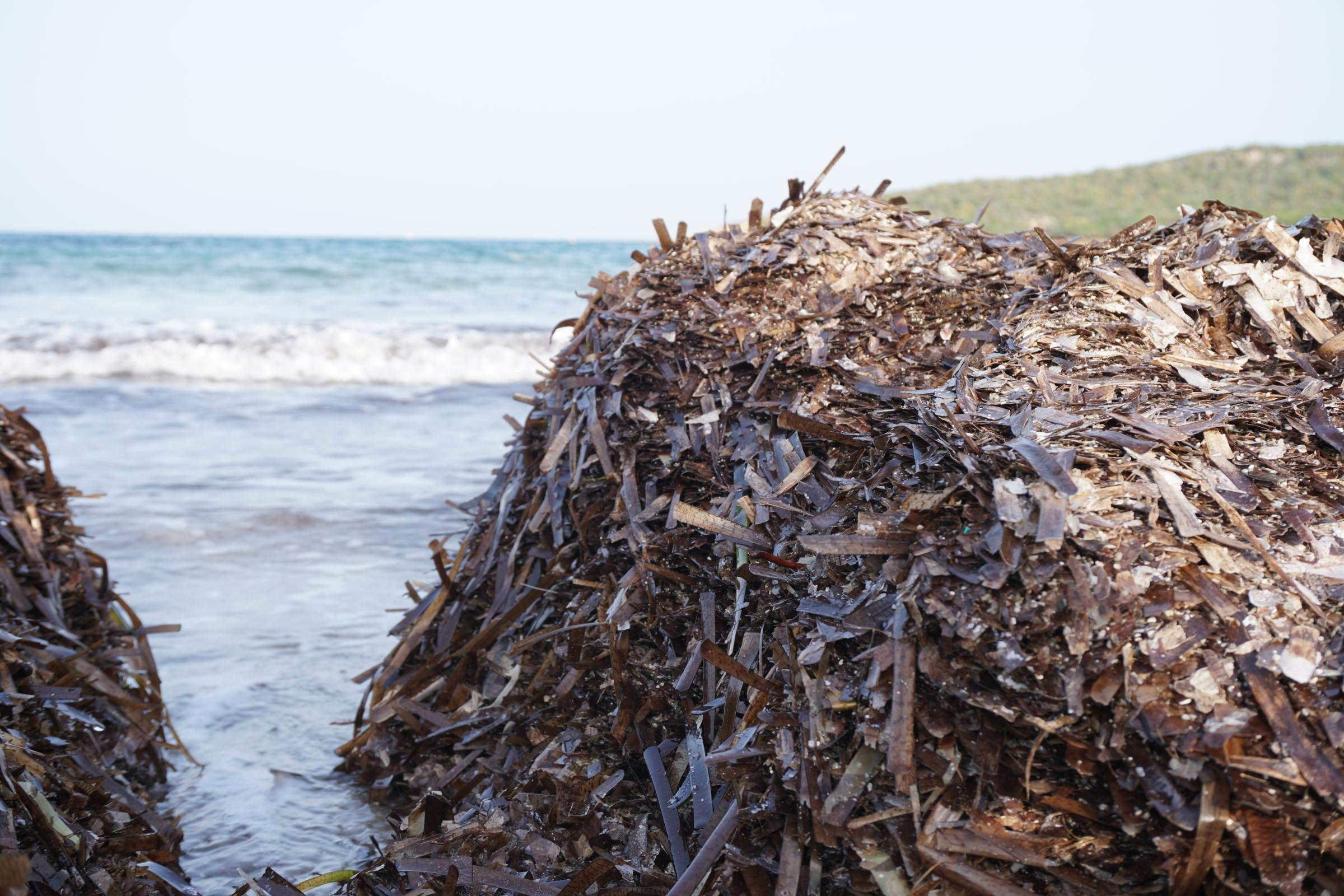The life of Posidonia oceanica
Posidonia oceanica meadows are marine habitats in which Posidonia oceanica lives, a marine plant (seagrass) belonging to the Posidoniaceae family. In spite of what the name may suggest, it is an endemic plant of the Mediterranean Sea, that is, it is present exclusively in this territory.
From the scientific point of view it belongs to the so-called marine phanerogams, also called spermatophytes (or plants bearing seeds), that is plants that have a differentiation in roots, stems and leaves, as well as having flowers and fruits. In light of these characteristics, we are talking about a plant and not about an alga, contrary to what common people believe!
Posidonia oceanica is a key species of the coastal marine ecosystem, reaching an area around 3% of the entire Mediterranean (corresponding to an area of about 38,000 km2).
This seagrass generally lives between 1 and 30 meters deep, where it colonizes the sandy or detrital bottoms to which it adheres by means of the rhizomes (modifications of the stem with reserve function) and on which it forms vast grasslands, the Posidonia meadows, which have a high density (over 700 plants per m2).
The fallen leaves of the plant accumulate in the same prairie, but the winter wave carries them and accumulates them along the beaches, causing the known accumulations called "banquettes". These clusters of vegetable residues, unjustly detested by swimmers, on the contrary perform a positive function as they attenuate the force of the wave motion and hinder the mechanisms of coastal erosion, thus protecting the sandy coasts.
 Accumulation of Posidonia on the beach, Archipelago of La Maddalena National Park (SS). Photo M. Miozzo
Accumulation of Posidonia on the beach, Archipelago of La Maddalena National Park (SS). Photo M. Miozzo


